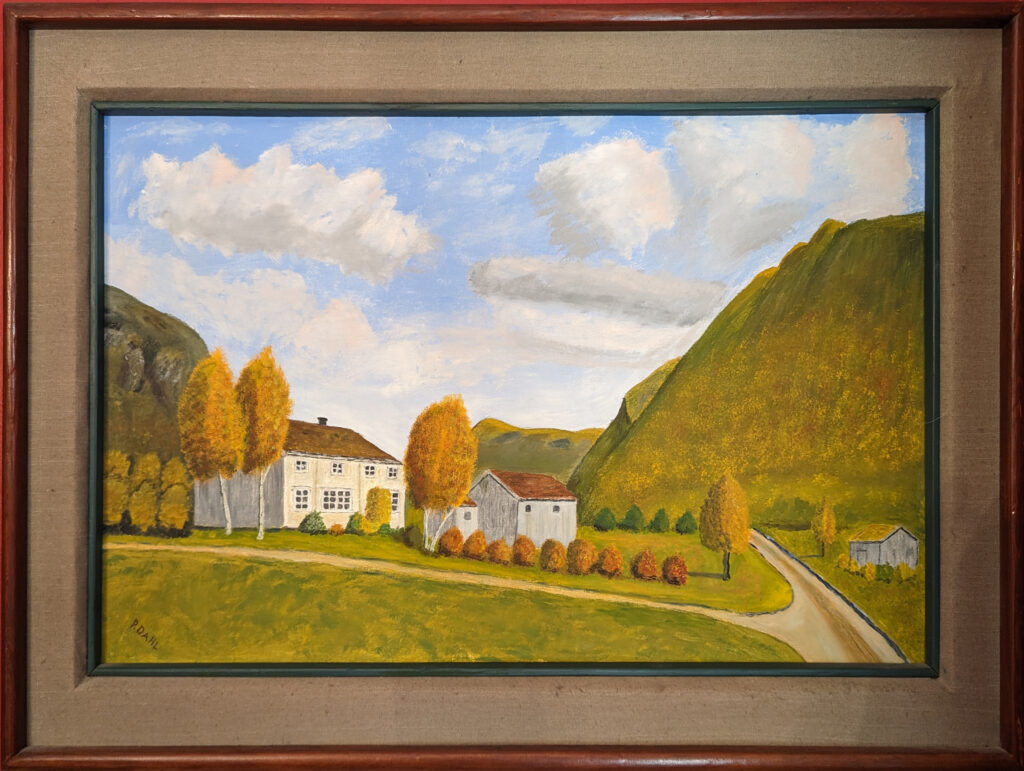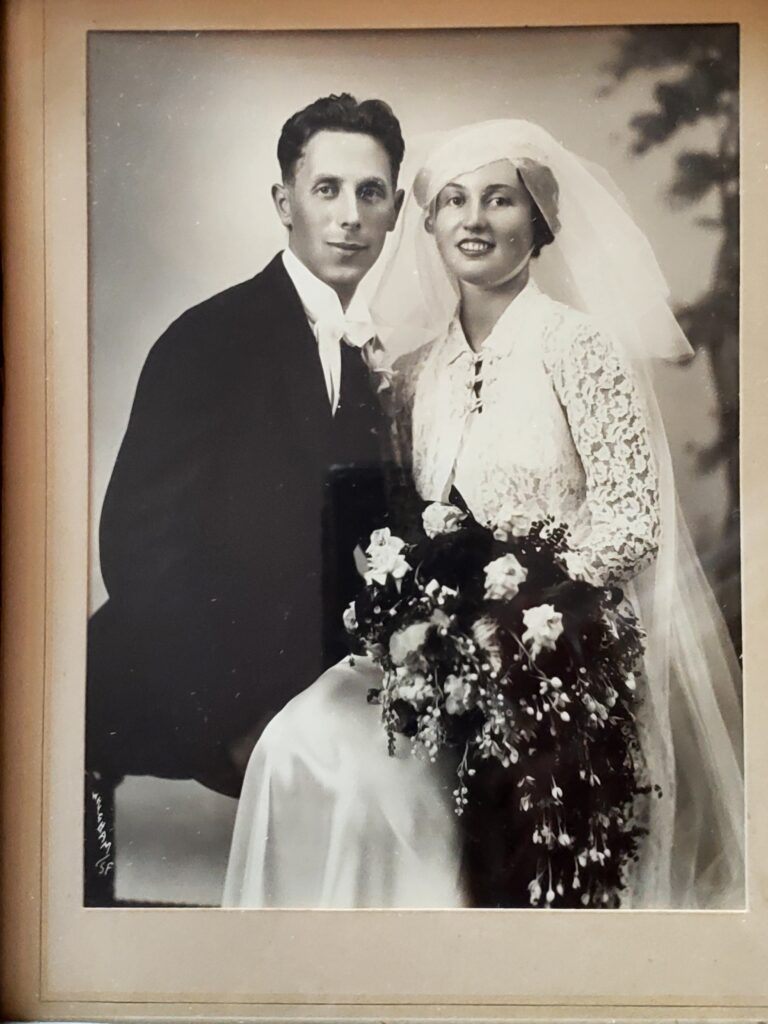
David Peder Dahl Malmedal was born on May 22, 1937, four days prior to the opening of the Golden Gate Bridge, to a Norwegian-American family deeply rooted in their Scandinavian heritage. His father, Peder Malmedal, hailed from the valley of Malmedal in Norway, where almost everyone shared the Malmedal surname. Before emigrating to America in 1928, Peder was advised by his uncle Ole Oyen that the name “Malmedal” might pose pronunciation challenges for Americans, who might mistakenly call him “Mama Dal.” Consequently, Peder adopted “Dahl” as a more accessible surname. Upon arriving at Ellis Island, Peder was informed he needed a middle name, so he chose “Olsen,” resulting in the name Peder Olsen Dahl.

David’s mother, Norma Elizabeth Nordseth, was the daughter of Norwegian immigrants. She had no desire to move back to Norway, despite Peder’s original plan to return after paying off a mortgage. The two met while singing in the choir of the Norwegian Lutheran Church in San Francisco, eventually getting married and establishing their life together in the city.
When David was still a child, his family received the news of his grandmother’s death, prompting Peder to decide to visit Norway with his family before anyone else passed away. They sold their San Francisco home and embarked on a six-month journey abroad, traveling aboard the S.S. Stavangerfjord. While living on the farm in Norway, David and his brother Norman were homeschooled by their mother. David’s sister Doris was not born yet, being 14 years younger, but had ample opportunity to travel later as David’s parents made multiple additional trips to Norway.



During the Great Depression, Peder crafted Hardanger violins, notable for the intricately carved head and hair of a woman on the scroll. Music was a significant part of David’s upbringing. He began piano lessons at age seven with Ethel Ridgeway, who was kind but eventually felt that she could no longer teach him. Other teachers included Olive Rudeen, Geraldine Linneger, and Thora Bratt-Buchanan. At one point, David’s parents required him to pay for his piano lessons using the proceeds from his paper route, leading to a two-year hiatus in formal lessons. During this period of self-study, David discovered hymnals in the piano bench and taught himself to play in multiple keys, using resources like the “Billy Graham Hymnal.”

From a young age, David was enthralled by the organ at the Norwegian Lutheran Church, particularly the 9-rank Wicks organ with its open diapason, painted gold and situated behind the altar. He often squeezed into the narrow space between the organ and the altar during postludes to experience the music up close. While in graduate school, David’s passion for organs evolved into a preference for tracker organs. Despite his efforts to convince his church to purchase a tracker organ from Bosch, they opted for a larger Wicks organ instead, which was later sold to a Lutheran church in Des Moines, WA.
David had only one formal organ lesson before college. At 17, he contacted Ludwig Altman, the organist at the Palace of the Legion of Honor and Temple Emanu-El, both equipped with large E.M. Skinner organs. David drove to Temple Emanu-El in his father’s Packard for his first lesson, during which he played pedal exercises but found the experience daunting.
In high school, David was close friends with three peers interested in science. Although his parents were aware of his love for the organ, they discouraged a career in music, advising that it held no future. Consequently, David briefly pursued engineering, attending City College of San Francisco for two semesters. He struggled with integral calculus, did satisfactorily in organic chemistry, and excelled in architectural drawing.
That fall, a new pastor named Alf Karlstad joined the Norwegian Lutheran Church. Originally from Poulsbo, Washington, he and his family were known as the “Karlstad Family Singers.” Pastor Karlstad, aware that David was attending City College, suggested he consider transferring to Pacific Lutheran College (PLC) in Parkland, Washington. He even visited the Dahl residence to share a PLC catalog, thus influencing the next chapter in David’s academic and musical journey.